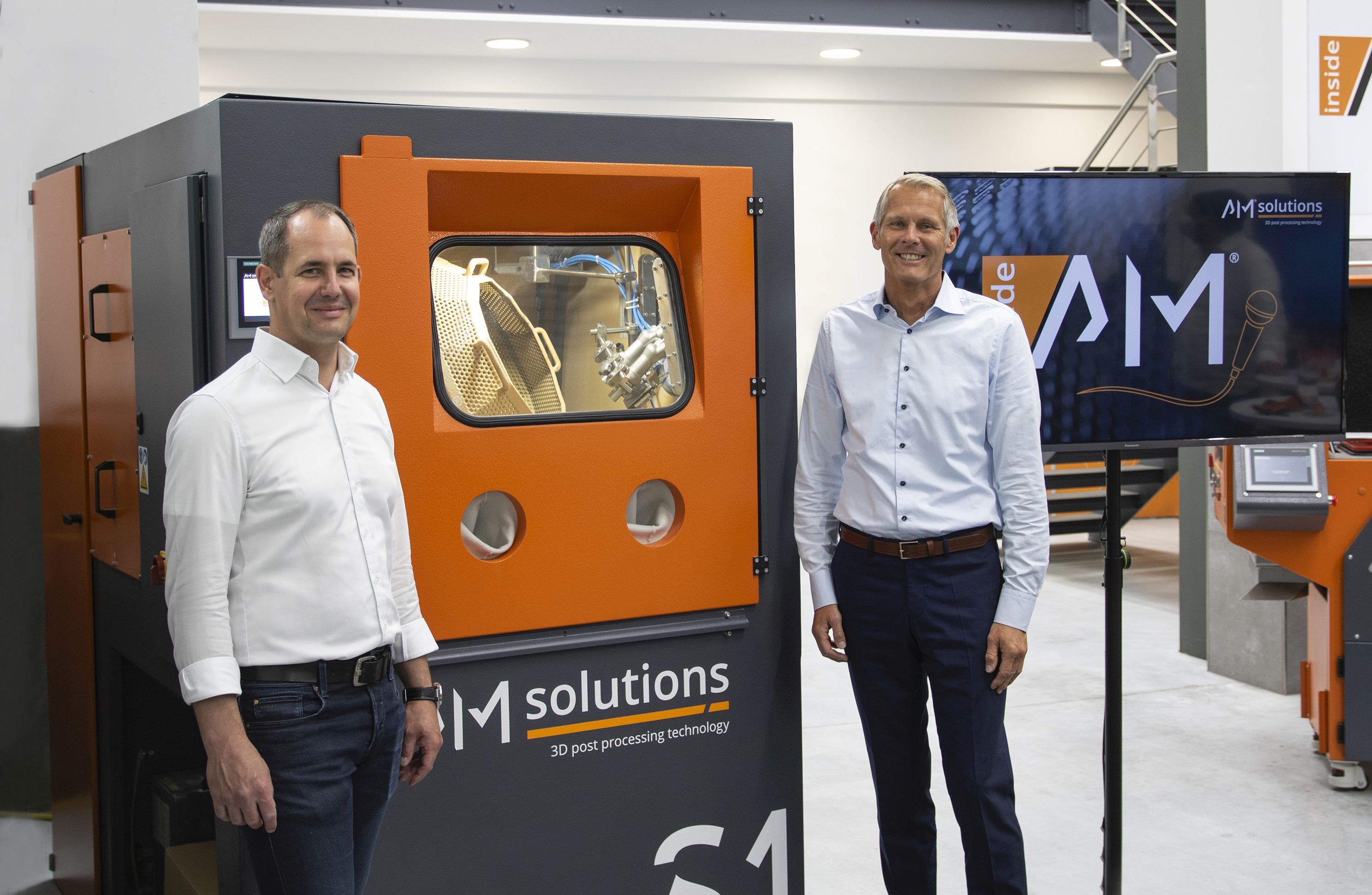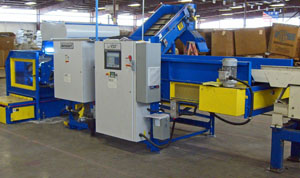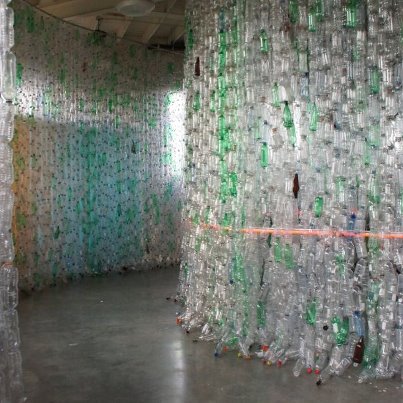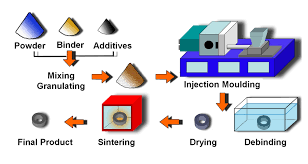 The spotlight was turned on waste electrical and electronic equipment (WEEE) during the Bureau of International Recycling (BIR) Plastics
The spotlight was turned on waste electrical and electronic equipment (WEEE) during the Bureau of International Recycling (BIR) Plastics
Round-Table in Munich in late October as two guest speakers approached the issue from different angles.
Rainer Koehnlechner, owner and managing director of separation specialist at Germany-based Hamos GmbH, explained that it was possible to derive high-purity polymers from mixed WEEE plastics. For example, he noted that using sink/float technology and incorporating a special salt solution suitable for subsequent electrostatic separation, Hamos claims it has been able to separate out ABS, polypropylene and polystyrene at purity levels of more than 98.5 percent without any flame retardants in the end products.
The company’s Wersag facility near Dresden, Germany, has been achieving production rates of more than 2 metric tons per hour, he added.
The other speaker at the Plastics Round-Table was Tilman Baehr from the Hamburg Ministry of Urban Development and Environment in Germany. He identified brominated flame retardants as a problem component of WEEE-derived plastics scrap, adding that no binding thresholds had been set for them.
Having confirmed that the revision of the European Union’s WEEE Directive was “close to the finishing line” after reaching the second reading stage in the European Parliament, Baehr suggested that better sorting of the waste at the point of origin would lead to fewer restrictions down the line.
In a brief round of market reports, Gregory Cardot of Veolia Propreté in France noted a slight drop-off in activity levels since the middle of October in the French secondary plastics market. In China, meanwhile, there had been significant problems at ports, and the market was “under pressure.”
BIR Plastics Committee Chairman Surendra Borad of Belgium-based Gemini Corp. NV, used the same two-word phrase – “under pressure” – to describe prices in the United States. As for the India market, he noted, this was “absolutely dormant” as many company licenses to import plastics scrap had not been renewed. India’s domestic recycling industry, on the other hand, “is doing extremely well” and claims to have achieved a recycling rate of 47 percent, he added.
Although the current overall economic outlook was not presented as very positive, Borad predicted “a golden future” for the rapidly expanding recycling sector. In extrapolating available data, he claimed that the that the global recycling industry is worth as much as $500 billion per year and employs as many as 20 million people around the world. The industry “is growing at a tremendous rate that is faster than [world] GDP (gross domestic product),” he said.
Source : recyclingtoday.com








